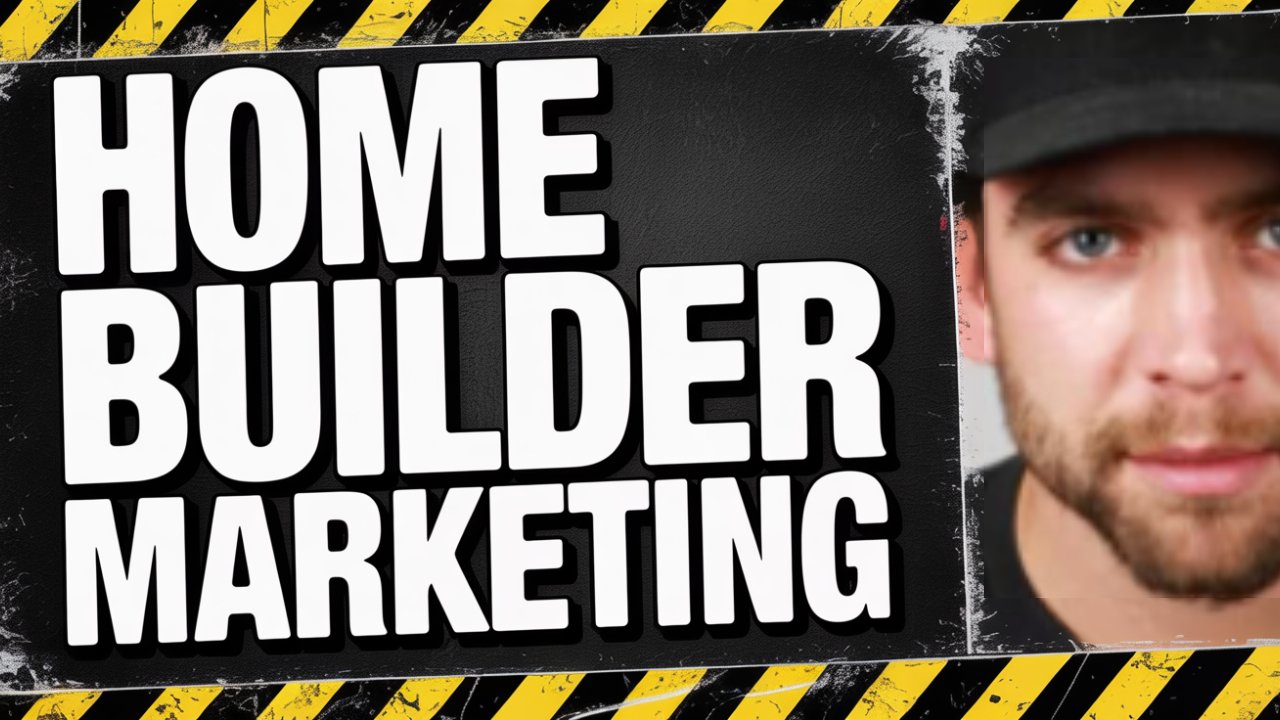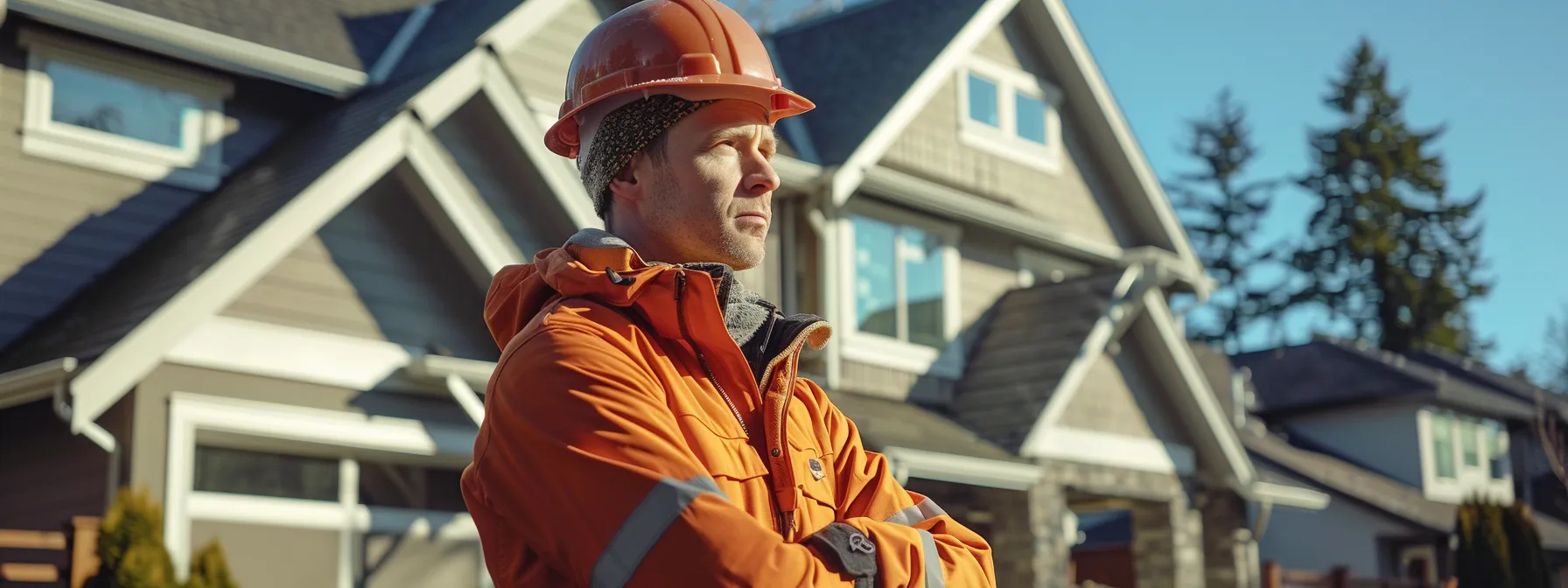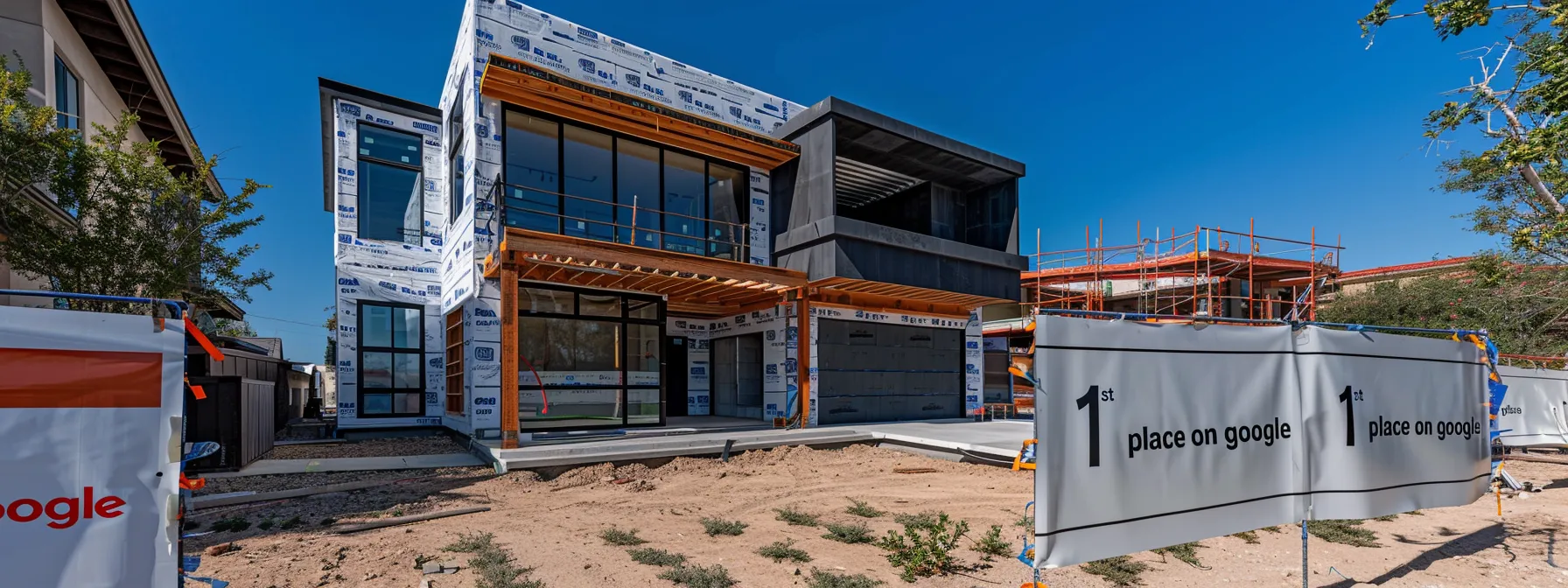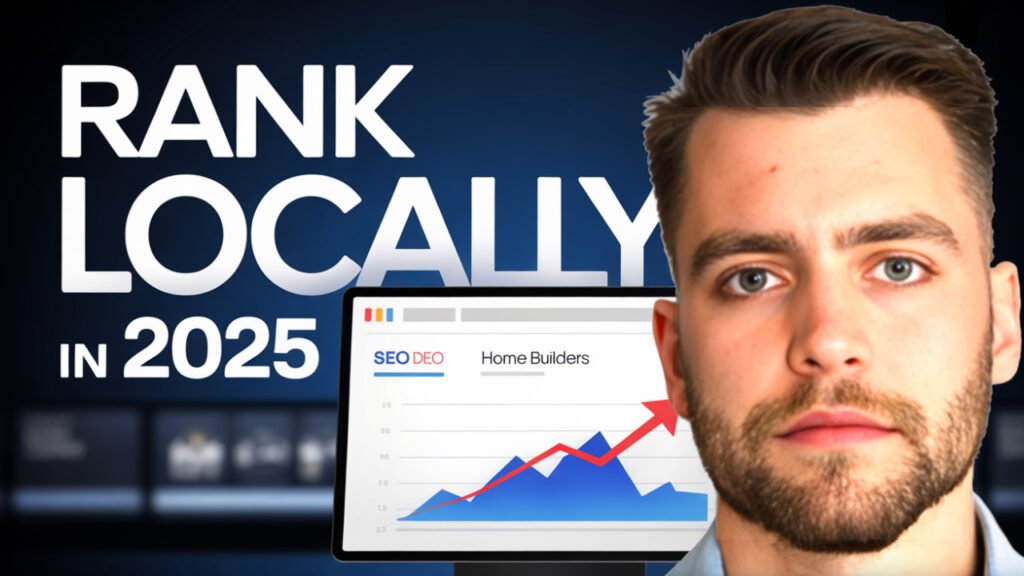Introduction
Home building is a high-trust, high-cost sale with long timelines, so marketing that works for e commerce or quick-service brands often fails for builders. Home builder marketing challenges are real, from low lead quality to long sales cycles and shifting buyer behavior. This article gives practical, Day 1 to scaling strategies for MVP_BUILT stage businesses, with examples, stats, and links to industry resources.
Common Home Builder Marketing Challenges
1. Prospects Start Online but Convert Offline
All buyers use the internet during their home search, yet many still complete transactions offline. According to reporting on the National Association of Realtors research, virtually 100 percent of buyers used the internet in their search, and more than half found the home they bought online. See the summary at Axios for the NAR findings: https://www.axios.com/2023/11/13/homebuyers-online-data-report-housing-market-nar.
Why this matters
- Website content must build trust and start conversations, not just show listings.
- High traffic with no process to qualify leads wastes budget.
2. Low Lead Quality and High Acquisition Costs
Paid channels can produce many leads that are not sales-ready. A focused, layered approach to targeting and creative is required to reduce cost per sale. Agency case studies show that refined cross-channel campaigns can lower cost per site action and improve conversion rates; see one builder-focused case study here: https://kortx.io/case-studies/home-builder-marketing/.
3. Long Sales Cycle and Multi-Stakeholder Choices
Home purchases are high-investment decisions involving families, lenders, and sometimes trade partners. That increases the number of touchpoints needed, and demand for educational content and trust signals.
4. Talent and Resource Constraints
Many builders are small teams where marketing is one of many responsibilities. Reports on small business marketing show owners struggle with time, skills, and measurement. Forbes summarized findings from small business reports on these issues: https://www.forbes.com/sites/allbusiness/2024/04/30/a-2024-report-reveals-small-business-marketing-challenges/.
5. Tracking and Attribution Problems
Measuring which campaigns truly moved prospects toward signing requires CRM integration and disciplined data flows. HubSpot and industry research show marketers still find measurement and attribution difficult, especially when combining offline showroom visits and online ads: https://www.hubspot.com/marketing-statistics.
6. Talent Shortages and Reputation Risk
The industry faces workforce challenges and brand reputation issues. NAHB provides industry resources and training offered specifically for builders, which can be used in marketing and recruiting: https://www.nahb.org/.
Solutions and Tactical Playbook
A. Build a Day 1 MVP Marketing Stack (MVP_BUILT Stage)
- Basic website with clear conversion paths and FAQ pages.
- Lightweight CRM to capture, tag, and move leads, even simple HubSpot CRM or similar.
- Email and SMS setup for nurture sequences, appointment confirmations, and construction updates.
- One tested paid channel: local search ads or meta search targeting home-intent queries.
Why this works
- You get measurable leads and a repeatable handoff to sales, without overinvesting early.
B. Improve Lead Quality With Intent Signals
- Use landing pages that require a small, value-based commitment such as a downloadable guide or design checklist.
- Add qualification questions and scheduling options to filter low-intent leads.
- Use remarketing and video to move engaged visitors deeper into the funnel.
Video tip
- Short project walkthroughs and owner testimonials outperform generic brand videos. For examples and video-focused tactics, see this builder video marketing primer: https://buildmediagroup.com/home-builder-marketing-strategies/.
C. Align Sales and Marketing Around a Shared Funnel
- Map the buyer journey from discovery to closing, and assign each stage to a channel: SEO for discovery, paid search for active intent, email/SMS for nurture.
- Use CRM stages that mirror actual sales steps so marketing can optimize for meaningful events like “showroom visit scheduled” or “prequal started.”
D. Use Local and SEO Tactics That Scale
- Optimize for local search and community pages, add structured data and project pages with strong photography and floor plans.
- Publish content that answers local, regulatory, and financing questions to capture organic traffic from serious buyers.
E. Adopt Measurement Best Practices
- Track micro conversions: tour requests, design downloads, mortgage prequal starts.
- Use offline conversion imports to connect showroom visits and signed contracts to ad campaigns.
- Regularly audit tracking tags and CRM handoffs so data is reliable.
F. Lower Risk with A/B Tests and Small-Scale Pilots
- Test creative, audiences, and landing pages at small budgets before scaling.
- Use segmented messaging by buyer persona: first-time buyers, move-up buyers, empty nesters.
Examples, Case Studies, and Resources
- KORTX home builder case study, performance-focused paid mix: https://kortx.io/case-studies/home-builder-marketing/.
- NAHB resources and education for builder marketing and workforce storytelling: https://www.nahb.org/.
- Practical agency playbooks and SEO case studies for homebuilders: https://inspiredmarketing.design/case-studies/homebuilder/.
- Research: NAR profile and reporting on online home search behavior summarized by Axios: https://www.axios.com/2023/11/13/homebuyers-online-data-report-housing-market-nar.
- Small business marketing challenges and stats: https://www.forbes.com/sites/allbusiness/2024/04/30/a-2024-report-reveals-small-business-marketing-challenges/.
“Buyers start online, but they buy from people they trust. Your job is to make your first online touch feel like a helpful conversation, not an ad.”
Quick 30/60/90 Day Plan for an MVP_BUILT Home Builder
- 30 days
- Launch a conversion-focused micro site or landing page.
- Implement CRM capture and automated email + SMS confirmation flows.
- Run a small local search ads test and measure cost per qualified appointment.
- 60 days
- Add social proof assets: testimonials, gallery, short videos.
- Begin an organic content plan focused on local search queries and financing content.
- 90 days
- Integrate offline conversions, ramp paid channels that show ROI, and expand lead nurture with segmented journeys.
Budgeting and Channel Priorities
- If you have limited budget, prioritize:
- Local search and SEO for high-intent queries.
- CRM and email/SMS to make leads work harder.
- One brand-awareness channel, ideally video on repeatable creative.
- As budget grows, layer display, prospecting social, and programmatic with strict measurement and creative testing.
Conclusion and Next Steps
Home building marketing is different because the product is complex, the purchase is slow, and trust is everything. Start simple: build an MVP marketing stack, focus on lead quality, align sales and marketing, and measure micro conversions that predict deal outcomes. Use industry resources from NAHB and proven agency case studies as you scale. For a Day 1 action list, pick one paid channel to test, implement a CRM workflow, and publish a local SEO page that answers the most common buyer questions.










